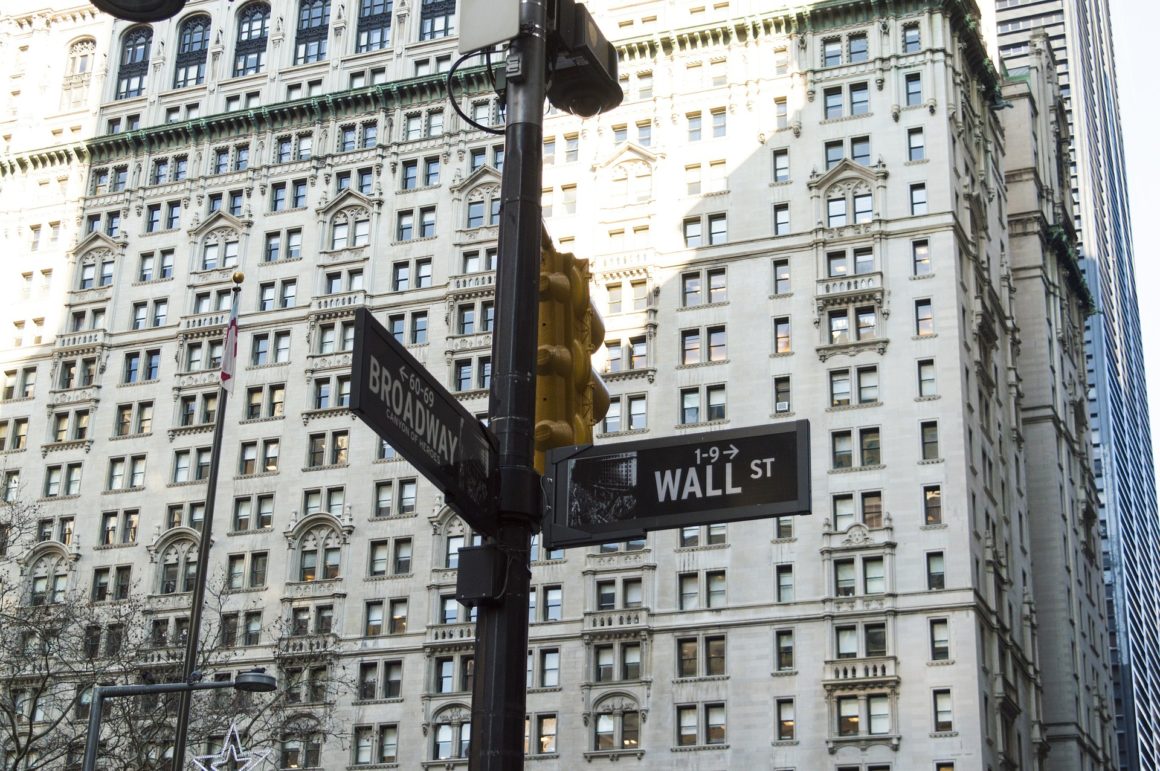Global stock and bond markets have had a good twelve months and many of them are at all time highs. From here, will they go higher or will there be falls or a correction?
In stockmarket parlance, a correction is generally considered to be a pullback of 10% or more. A correction therefore on the FTSE 100 Index for example, would mean it losing about 740 points at the time of writing to put it back to about 6650 where it was last November. Various investors or stockmarkets practioners are obsessed with short term performance and such an obsession is not healthy for the said investor or for the market generally.
Over the last five years the FTSE 100 Index has had a correction of 10% or more on four occasions and it has had a pullback of 5% or more on 19 (nearly four times a year on average) occasions. In each instance it has obviously recovered the loss (and more) or we would not be at or near an all time high at the moment. Pullbacks and corrections are inevitable in a situation where fear on the one hand and greed on the other are present. When such pullbacks are due to take place is one of the great known unknowns, to paraphrase one of Donald Rumsfield’s phrases. What you really have to be worried about is the unknown unknowns which occasionally cause a crash not just a correction.
As we do not know when a pullback or a correction may take place, at Tilly Bailey & Irvine we tend to stay fairly fully invested. Stockmarkets over time rise, and they also all the time pay dividends and interest averaging 2% to 4% depending on the type of portfolio. Attempting to time the future stockmarkets’ ups and downs, is in my opinion a bit of a mugs’ game.
To be successful at it you have to not only be able to time a sale somewhere near the peak but then you have to time getting back into it somewhere near the trough. Not many investors are very good at both of these and most of those that say they are, are probably being somewhat economical with the truth to put it mildly. We therefore stay fairly fully invested on the whole with cash percentages generally somewhere between about 2% and 10%.

